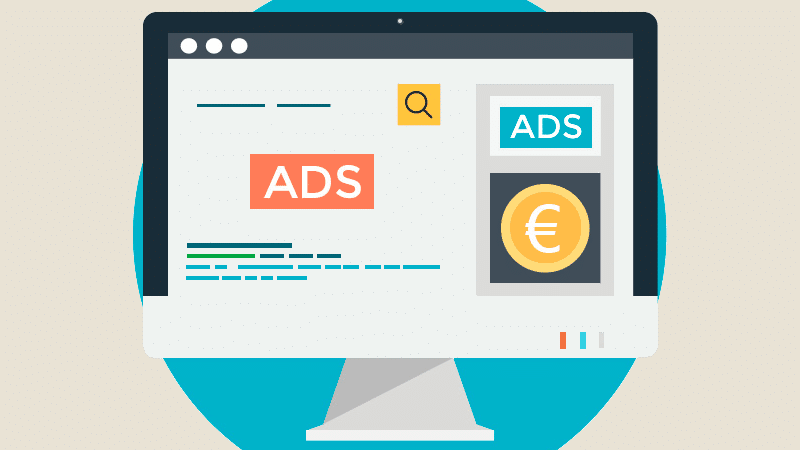Why Webflow Is Better Than WordPress for Modern Website Design

Introduction
When it comes to building websites, Webflow and WordPress are two of the most popular platforms available. WordPress has dominated the market for years, powering over 40% of all websites. However, Webflow has emerged as a modern alternative, offering an intuitive, no-code design approach with powerful customization features.
While both platforms serve different needs, many web designers, developers, and businesses are now switching to Webflow due to its clean code, built-in hosting, and visual design flexibility. This article will explore why Webflow is better than WordPress, highlighting key differences in ease of use, design capabilities, security, performance, and overall user experience.
1. No Plugins Needed – Everything Built-In
One of the biggest advantages of Webflow is that it doesn’t rely on third-party plugins to function properly.
- Webflow: Comes with built-in tools for SEO, security, CMS, and animations.
- WordPress: Requires plugins for SEO (Yoast SEO), security (Wordfence), and design elements (Elementor).
Since Webflow eliminates the need for excessive plugins, it reduces compatibility issues and security risks that are common with WordPress.
2. Visual Design Without Code
Webflow is a fully visual website builder, meaning you can design your entire site with a drag-and-drop interface while maintaining control over every detail.
- Webflow: Offers a pixel-perfect, real-time visual editor.
- WordPress: Requires a page builder like Elementor or Gutenberg to achieve similar design control.
For designers and marketers who want a smooth, code-free experience, Webflow is a better choice.
3. Faster Performance and Speed
Website speed affects both user experience and SEO rankings. Since Webflow generates clean HTML, CSS, and JavaScript, websites tend to load faster compared to WordPress, which often suffers from bloated code due to plugins and themes.
- Webflow: Uses built-in CDN and optimized hosting for faster page loads.
- WordPress: Performance depends on the hosting provider and caching plugins.
With Webflow, you don’t have to worry about site speed optimizations—it’s all handled automatically.
4. More Secure Without Manual Maintenance
Security is a major concern for WordPress users, as it is a self-hosted platform that requires constant updates to plugins, themes, and core files.
- Webflow: Fully managed hosting with SSL, backups, and automatic updates.
- WordPress: Requires users to handle manual security updates, plugin patches, and backups.
With Webflow, your website is always up to date without needing additional security plugins or constant maintenance.
5. Built-In CMS with Dynamic Content
For those creating blogs or content-driven sites, Webflow’s built-in CMS (Content Management System) is more flexible than WordPress’s traditional post/page structure.
- Webflow: Allows custom dynamic content collections (for blogs, products, team members, etc.) with unique layouts.
- WordPress: Uses traditional blog post formats and requires plugins like Advanced Custom Fields for custom content types.
Webflow’s CMS is ideal for customizing content without needing to touch PHP or a database.
6. No Hosting or Server Management Needed
Webflow is a fully hosted platform, meaning users don’t have to worry about setting up or maintaining a server.
- Webflow: Hosting is included with built-in CDN, security, and updates.
- WordPress: Requires external hosting (e.g., Bluehost, SiteGround, or WP Engine) and manual server management.
This makes Webflow a better choice for beginners and businesses that want an all-in-one solution.
7. Advanced Animations and Interactions
If you want to add smooth animations and interactions to your website, Webflow has built-in motion design tools that don’t require extra coding.
- Webflow: Provides advanced scroll effects, hover animations, and page transitions.
- WordPress: Requires additional plugins or custom JavaScript to achieve the same effects.
With Webflow, animations are native and optimized, creating a more engaging user experience.
8. Better SEO Without Extra Plugins
Search Engine Optimization (SEO) is crucial for online visibility. Webflow includes all the necessary SEO tools without requiring plugins.
- Webflow: Automatic sitemap, customizable meta tags, clean code, and fast loading speeds.
- WordPress: Needs SEO plugins like Yoast SEO or Rank Math to optimize content properly.
Since Webflow has lighter, optimized code, it naturally performs better in search rankings compared to a plugin-heavy WordPress site.
9. Modern Approach to Web Development
Webflow is designed for the future of web design, embracing a no-code yet developer-friendly approach.
- Webflow: Supports custom HTML, CSS, and JavaScript while still offering an easy drag-and-drop interface.
- WordPress: Requires knowledge of PHP, themes, and plugins for advanced customization.
Webflow allows designers to work visually, while still providing developers with full code access for deeper customization.
When WordPress Might Be a Better Option
Despite Webflow’s advantages, WordPress might still be a better choice for certain users:
✅ If you need a free, open-source platform with self-hosting options
✅ If you prefer using thousands of free and premium themes
✅ If you need deep plugin customization or a massive plugin ecosystem
✅ If you're already familiar with WordPress and don’t want to switch
However, for most modern websites, businesses, and designers, Webflow offers a more streamlined, user-friendly, and secure experience.
Conclusion
Webflow is revolutionizing website design by offering a powerful, all-in-one platform that eliminates the need for plugins, manual updates, and third-party hosting. Compared to WordPress, it provides:
✔️ A fully visual, no-code design approach
✔️ Built-in security, hosting, and performance optimizations
✔️ Better SEO, animations, and responsive design tools
✔️ A modern CMS with structured dynamic content
While WordPress remains a strong choice for traditional bloggers and developers, Webflow is the best solution for designers, businesses, and agencies looking for a more intuitive, scalable, and future-proof web development experience.
If you want faster, visually stunning websites without dealing with plugin conflicts or technical issues, Webflow is the better choice in 2025 and beyond.




